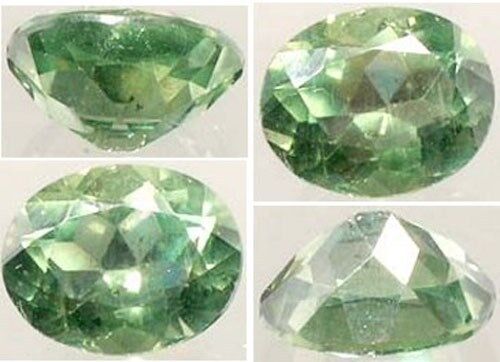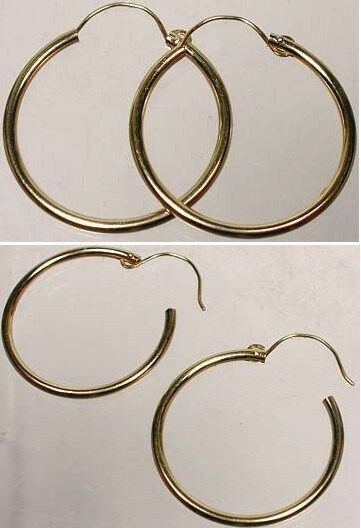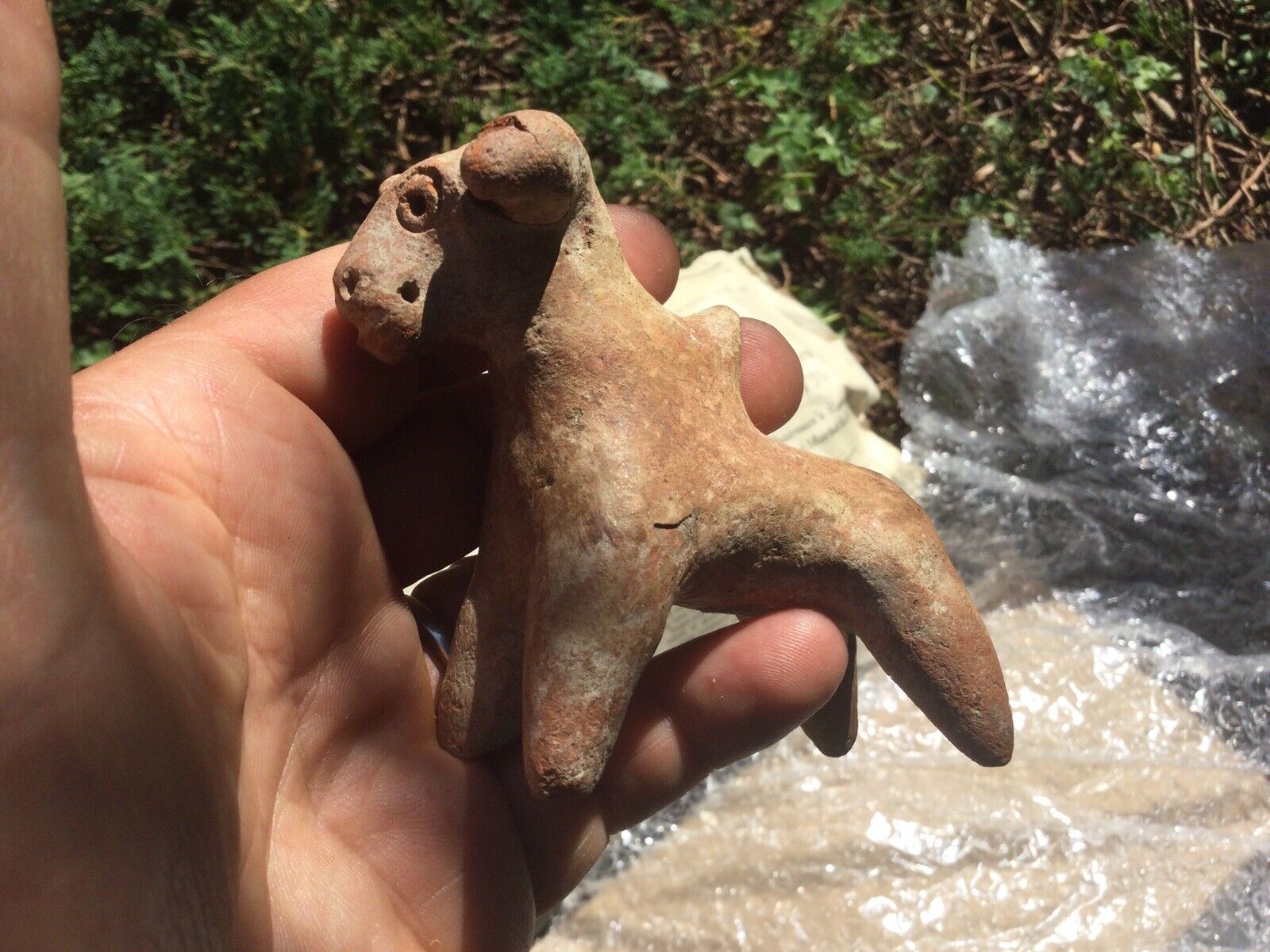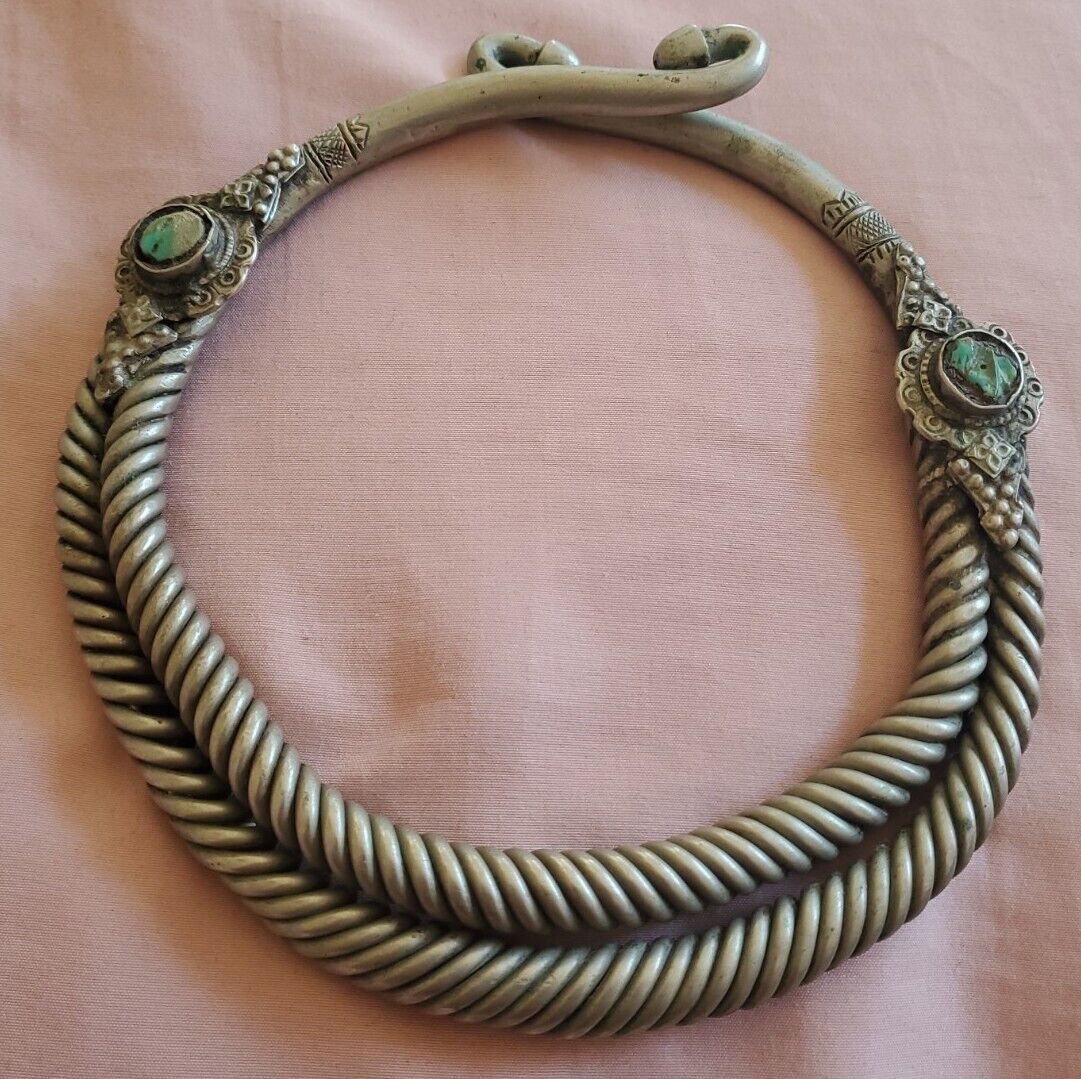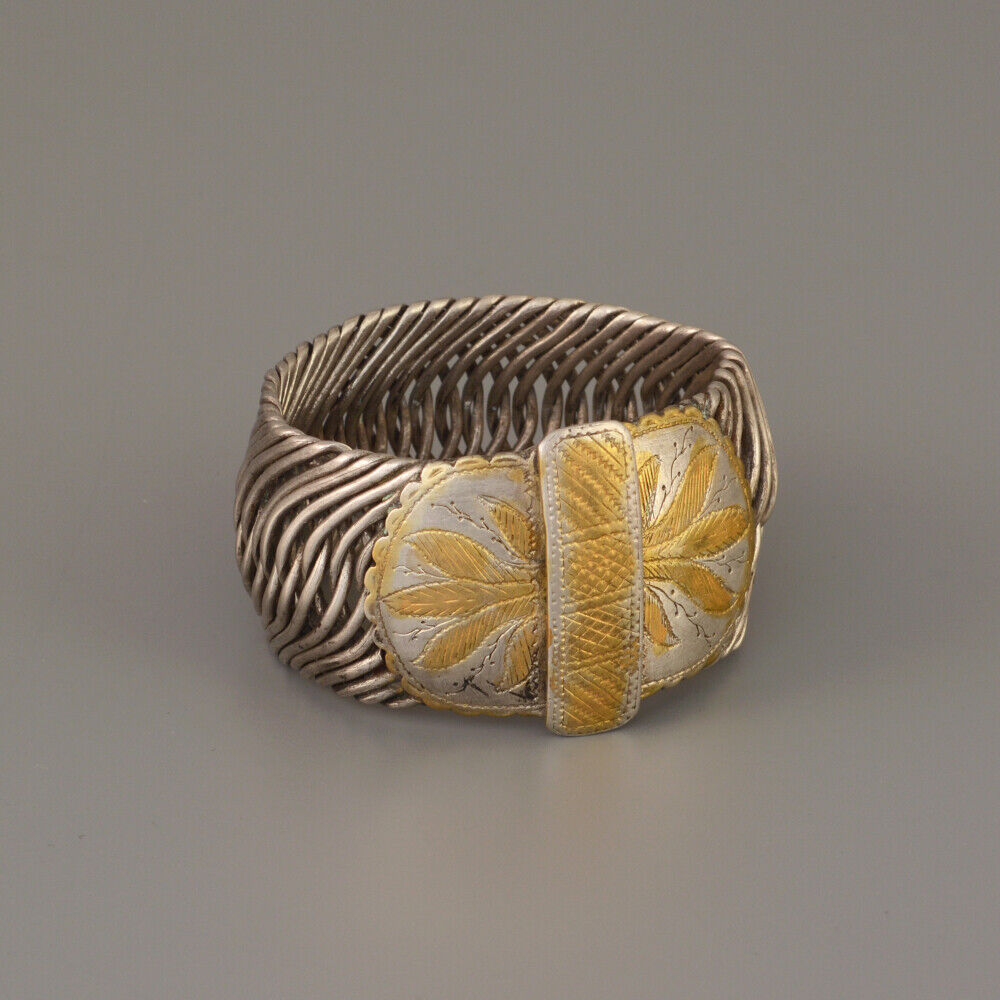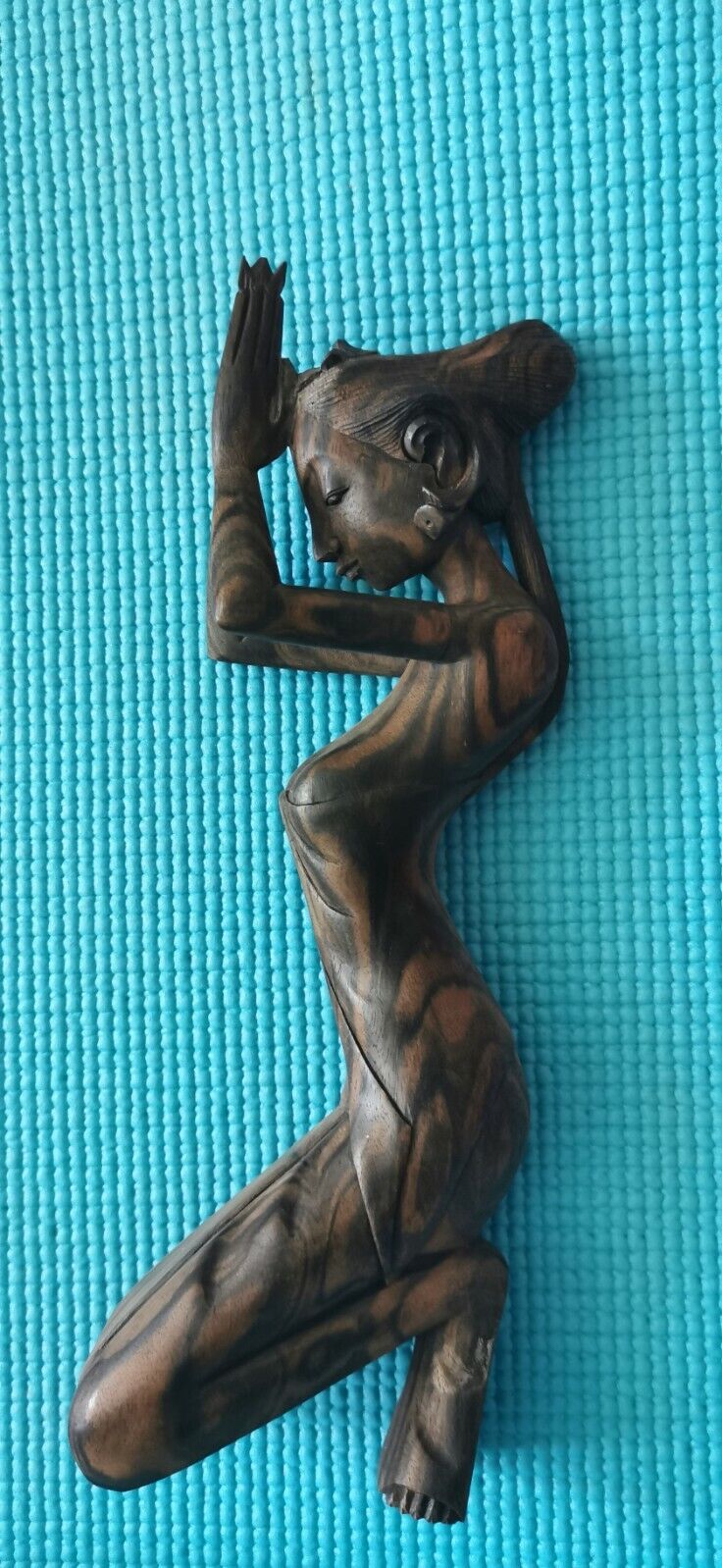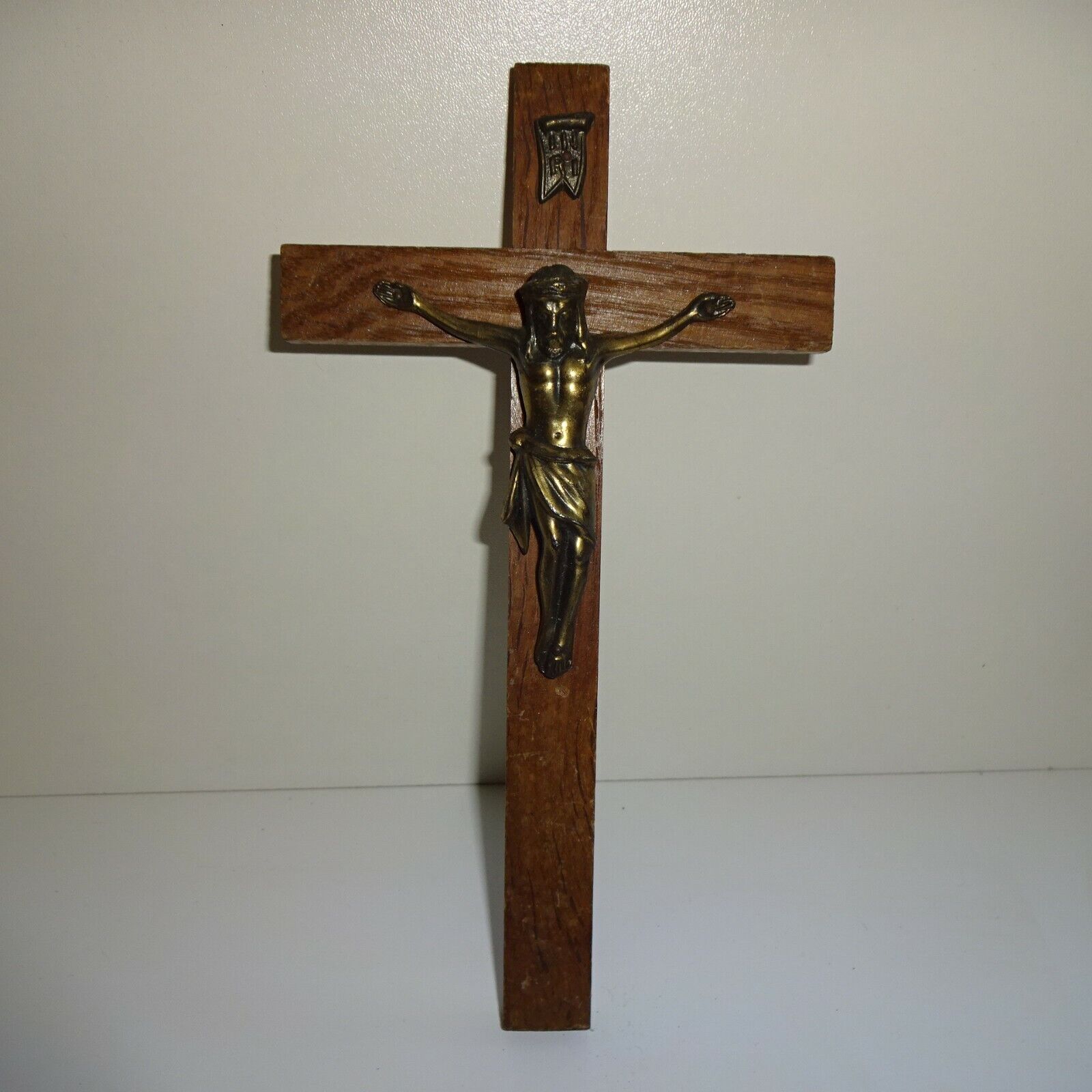-40%
Art African Crested Ekoi
$ 592.06
- Description
- Size Guide
Description
Ref: m-549Height 43.5 CM
Product Description
Ekoï crest from Nigeria. Old piece over 50 years old.
Made of wood covered with antelope skin.
Among the various art forms of the Ejagham people are these skin-covered heads, very elaborate sculptures, some of which bear a sort of curved horn representing elegant hairstyles. These heads are carried in crest, fixed on the head. They are made of carved wood covered with antelope skin.
But there are also more spectacular crests whose dimensions can go up to 100 cm in height / width, with very elaborate hairstyles. These crests are adorned with large spirals reproducing a hairstyle very Vogue in the Cross River region. These horned hairstyles, partly fleshed out by false hair, were very common. Young girls and married women wore them during festivals, including during the ceremony ending the seclusion of initiates.
African art, African mask
Piece delivered with an invoice and a certificate of authenticity.
Ekoï crest from Nigeria. Old piece over 50 years old. Among the various art forms of the Ejagham people are these skin-covered heads, very elaborate sculptures, some of which bear a sort of curved horn representing elegant hairstyles. These heads are carried in crest, fixed on the head. They are made of carved wood covered with antelope skin. But there are also more spectacular crests whose dimensions can go up to 100 cm in height / width, with very elaborate hairstyles. These crests are adorned with large spirals reproducing a hairstyle very Vogue in the Cross River region. These horned hairstyles, partly fleshed out by false hair, were very common. Young girls and married women wore them during festivals, including during the ceremony ending the seclusion of initiates. Piece delivered wi












